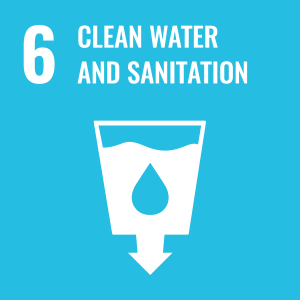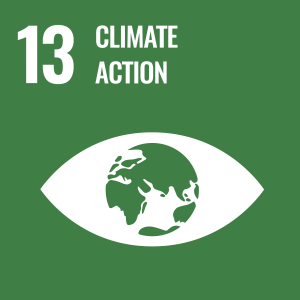
Stella Christou
About
My research project
Role of sewers in Antimicrobial Resistance transmissionThis project investigates how sewer infrastructure contributes to the transmission of antimicrobial resistance (AMR) into the environment through wastewater. We examine AMR dynamics both upstream and downstream the sewer network, as well as the underlying mechanisms that drive the spread and proliferation of AMR throughout the sewer pipeline.
Supervisors
This project investigates how sewer infrastructure contributes to the transmission of antimicrobial resistance (AMR) into the environment through wastewater. We examine AMR dynamics both upstream and downstream the sewer network, as well as the underlying mechanisms that drive the spread and proliferation of AMR throughout the sewer pipeline.
University roles and responsibilities
- PGR Representative - Civil and Environmental Engineering 2024/2025
- Women's Engineering Society - University of Surrey working group
News
In the media
ResearchResearch collaborations
Part of the project is in collaboration with South East Rivers Trust (SERT) led by catchment manager Lewis Campbell.
Research collaborations
Part of the project is in collaboration with South East Rivers Trust (SERT) led by catchment manager Lewis Campbell.
Sustainable development goals
My research interests are related to the following:



Publications
In the One Health context, wastewater treatment plants (WWTPs) are central to safeguarding water resources. Nonetheless, many questions remain about their effectiveness in preventing antimicrobial resistance (AMR) dissemination. Most surveillance studies monitor the levels and removal of selected antibiotic resistance genes (ARGs) and mobile genetic elements (MGEs) in intracellular DNA (iDNA) extracted from WWTP influents and effluents. The role of extracellular free DNA (exDNA) in wastewater is mostly overlooked. This study analyzed the transfer of ARGs and MGEs in a full-scale Nereda® reactor removing nutrients with aerobic granular sludge. We tracked the composition and fate of the iDNA and exDNA pools of influent, sludge, and effluent samples. Metagenomics was used to profile the microbiome, resistome, and mobilome signatures of iDNA and exDNA extracts. Selected ARGs and MGEs were analyzed by qPCR. From 2,840 ARGs identified, the genes arr-3 (2%), tetC (1.6%), sul1 (1.5%), oqxB (1.2%), and aph(3")-Ib (1.2%) were the most abundant among all sampling points and bioaggregates. Pseudomonas, Acinetobacter, Aeromonas, Acidovorax, Rhodoferax, and Streptomyces populations were the main potential hosts of ARGs in the sludge. In the effluent, 478 resistance determinants were detected, of which 89% were from exDNA potentially released by cell lysis during aeration in the reactor. MGEs and multiple ARGs were co-localized on the same extracellular genetic contigs. Total intracellular ARGs decreased 3-42% due to wastewater treatment. However, the ermB and sul1 genes increased by 2 and 1 log gene copies mL−1, respectively, in exDNA from influent to effluent. The exDNA fractions need to be considered in AMR surveillance, risk assessment, and mitigation strategies.